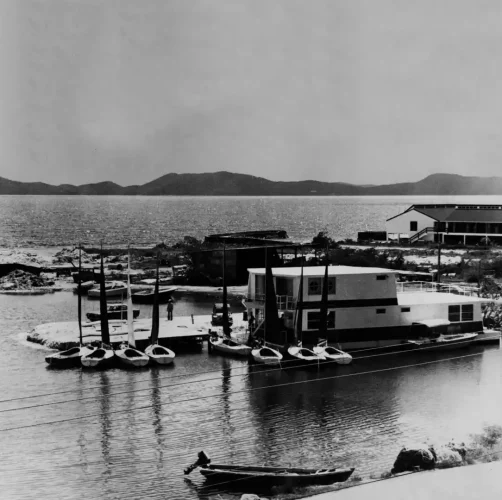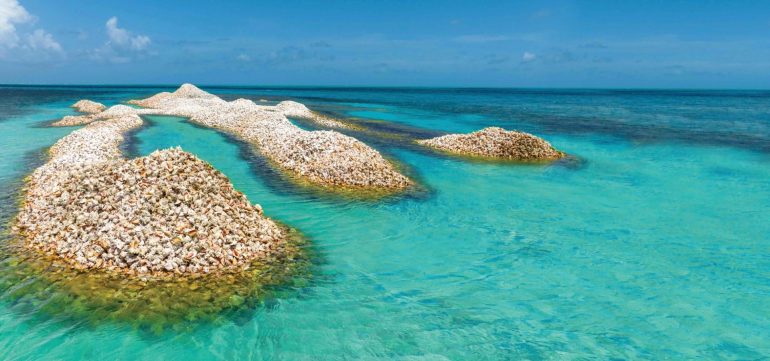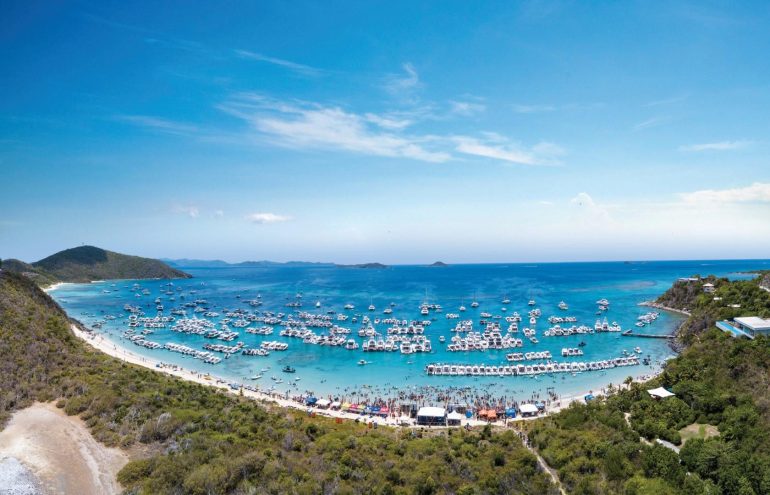We hear it all the time: our natural habitat is disappearing. In the mad dash to claim and maim the world, the environment got the rough end of the pineapple and is in serious decline. We hear it, we feel sad, we mutter about the state of the world, and then we change the channel to something a little less depressing. Because, hey, we are only individuals and can’t change anything, right? Not necessarily. A possible answer lies closer to home, in more ways than one.
Native plants. But what exactly are they? And why should a Broadleaf Mahogany rank higher on a resident’s planting list than, say, an Elephant Hedge Bean Tree? In a nutshell: a native plant is one that occurs naturally in a particular region, ecosystem, or habitat without direct or indirect human intervention. And why does support for their inclusion in our gardens continue to grow? Let’s briefly break this down.

Resource Conservation
When Harry Met Sally fans will know that there are two types of people in the world: high maintenance and low maintenance. The same is true for vegetation. Lawns and manicured shrubbery can be likened to the Kardashians of backyards. Here’s a scary statistic for you: according to the US National Wildlife Federation, 60% of water consumed on the West Coast of the United States, and 30% on the East Coast, goes to watering lawns. And a lawn without sufficient water is not a happy occasion. Think Kim in KMart denim and Crocs, minus make-up. However, native plants are more along the lines of, let’s say, Sheryl Crow – harmonious yet hardy – and well acclimated to their environments. In other words, they can take care of themselves. This built-in resilience makes native plants and trees far less susceptible to pests and diseases, meaning that pesticides can be recapped and retired, and fertilizers used sparingly.
And what about our water? Conserve it, preserve it – we know what we need to do. And drought-resistant native plants are here to help. Once established, they require minimal watering, if any at all. So when it’s as hot and dry as an Anegada summer, you can rest assured that your native garden will endure without you having to empty your cistern or your savings.
The flip side of the drought coin is flooding. The good news is that “born here” vegetation is more likely to be tolerant to alternate flooding and drying cycles. Indigenous plants and trees also often have deep root systems which are good for erosion control, as well as absorbing runoff and allowing the water to filter back into the local water table.
All Creatures Great and Small
Another major plus to native plants is the fact that they attract other kinds of natives – songbirds, butterflies, frogs (the non-Cuban kind) and a myriad of insects. Whoa, I hear you saying. INSECTS?! I can do without them. Dr Doug Tallamy, professor and chair of Entomology and Wildlife Ecology at the University of Delaware, and a widely known and respected advocate for the native plant, explains in his book, Bringing Nature Home: How Native Plants Sustain Wildlife in Our Gardens, that while our animosity towards insects is understandable, it is seriously misplaced. “Of the nine million or so insect species on earth,” the professor writes, “a mere one percent interacts with humans in negative ways. The other 99% of the insect species pollinate plants, return the nutrients tied up in dead plants and animals to the soil, keep populations of insect herbivores in check, aerate and enrich the soil, and provide food either directly or indirectly for most other animals.”
The simple fact is that we those little guys. And according to specialists, approximately 90% of insects depend on native plants for food.
“Think globally, act locally”
This is all very well, you might be thinking, for the likes of John D Rockefeller, but I only own and eighth of an acre. In Bringing Nature Home, Professor Tallamy encourages us to think collectively. “Your small plot is connected to other plots, which are connected to others and others and others…planting the back and side borders of your lot will provide more habitat than you might think, especially if you can get your neighbor to do the same. If your plantings are 15 feet wide, and your neighbor's border plantings are also 15 feet wide, together you have created a 30-foot swath of habitat for the length of your yard, as well as a privacy screen that can enhance the value of your property.”
The wide world of native plants and trees is deserving of more than a few hundred words, and we’ve but grazed the surface here. Thus far though, the evidence is compelling. Indigenous plants offer numerous advantages and help to create a self-sustaining, low-maintenance habitat over time. Maybe it doesn’t matter if we are just one person. And maybe we don’t have to change that channel. Perhaps all we need to do is look as far as our backyards and realize that effecting change involves little more than the choices we make. “Like it or not,” Professor Tallamy concludes in Bringing Nature Home, “gardeners have become important players in the management of our nation’s wildlife. It is now within the power of individual gardeners to do something that we all dream of doing: to make a difference.”





